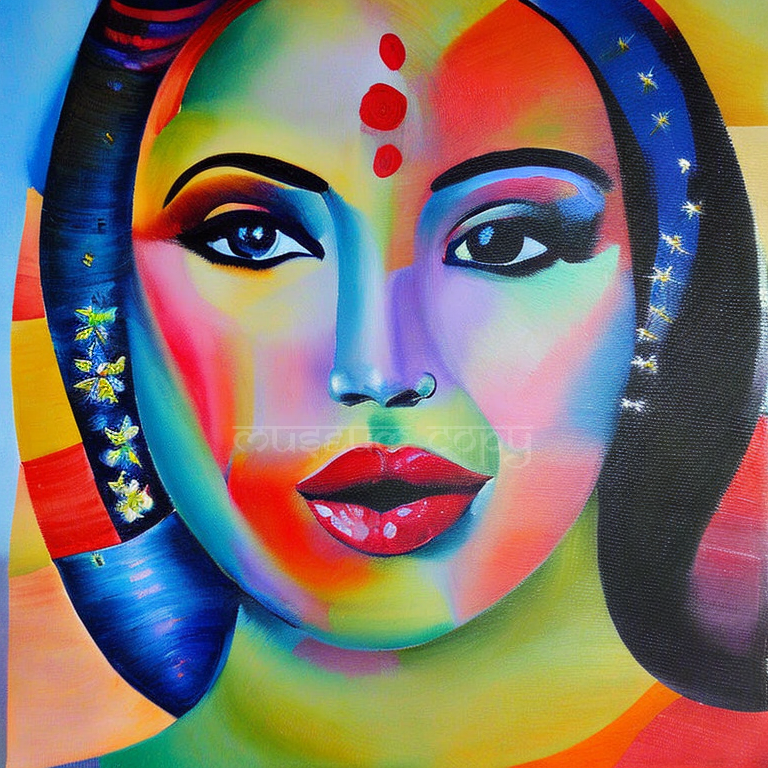Modern Indian Art
•

Modern Indian art is a testament to the rich cultural heritage and diverse artistic expressions that have flourished within the Indian subcontinent. Spanning from the late 19th century to the present day, this artistic movement encapsulates a fascinating tapestry of painters, styles, and historical events. In this article, we delve into the captivating history of modern Indian art, tracing its evolution, notable painters, and distinct artistic styles that have shaped this vibrant and dynamic art form.
The foundations of modern Indian art can be traced back to the late 19th century, during the period of British colonial rule. This era witnessed a significant shift in artistic practices and perspectives as Indian artists began to adapt Western artistic techniques while retaining their cultural roots. Raja Ravi Varma, a renowned painter from Kerala, was a pioneering figure who fused Indian subjects with European academic realism. His exquisite works showcased mythological and historical themes and marked the beginning of a new artistic era.
The Bengal School of Art
In the early 20th century, the Bengal School of Art emerged as a pivotal movement that aimed to revive traditional Indian art forms and foster a nationalistic spirit. Led by Abanindranath Tagore and his contemporaries, this school drew inspiration from Mughal miniatures and Indian folklore. Notable painters like Nandalal Bose, Jamini Roy, and Gaganendranath Tagore contributed significantly to the Bengal School's growth and popularity, showcasing a harmonious blend of traditional and modern artistic elements.
Progressive Artists' Group
The mid-20th century witnessed the birth of the Progressive Artists' Group, which played a crucial role in shaping the trajectory of modern Indian art. Led by stalwarts such as F.N. Souza, M.F. Husain, S.H. Raza, and Tyeb Mehta, this collective sought to break away from academic traditions and explore new artistic expressions. The group embraced abstraction, expressionism, and cubism, giving rise to a distinctively Indian modern art movement that resonated with international audiences.
The Regional Schools of Modern Indian Art
Alongside the Bengal School and the Progressive Artists' Group, several regional art movements emerged, each with its own unique style and cultural influences. The Madras Art Movement, spearheaded by artists like K.C.S. Paniker and K.G. Subramanyan, explored the interplay of traditional and contemporary art forms. The Baroda School, under the guidance of artists such as N.S. Bendre and Gulammohammed Sheikh, amalgamated modernist approaches with regional narratives.
Contemporary Trends in Modern Indian Art
The contemporary art scene in India is a vibrant tapestry of diverse styles and themes. Artists like Subodh Gupta, Bharti Kher, and Jitish Kallat have gained international acclaim for their thought-provoking installations and conceptual artworks. Street art, digital art, and new media art have also found their place in the Indian art landscape, reflecting the evolving social and cultural contexts of the country.
Conclusion
The history of modern Indian art is a captivating journey that weaves together the threads of tradition, experimentation, and cultural identity. From the pioneering works of Raja Ravi Varma to the groundbreaking artistic movements of the Bengal School and the Progressive Artists' Group, modern Indian art continues to evolve, reflecting the aspirations and creative expressions of a diverse nation. As contemporary Indian artists push boundaries and redefine artistic norms, this vibrant art form is poised to leave an indelible mark on the global art scene for years to come.